The urgent need of modern meals
In the context of consumers increasingly concerned about health and food origin, clean agricultural products are not only a choice but also an essential requirement. From carefully tended fields to every meal on the table, ensuring safety and quality is always a top priority. Especially when "incidents" about pesticide residues, banned substances in livestock farming... are discovered, making society realize that, to "eat clean" must start with "clean growing".
Growing clean agricultural products is not only an inevitable trend of modern agriculture, but also to protect public health, increase economic value and contribute to environmental protection. It is a necessary step to develop sustainable agriculture and meet the increasing needs of society.
The concept of "clean agricultural products" does not stop at not using toxic chemicals, but includes the entire management system from seeds - soil - water - harvesting - preservation. management. In Lam Dong, thousands of hectares of vegetables and fruits are grown in greenhouses, controlled by sensors. In Hanoi, small organic farms have joined together into cooperatives, sharing technology and output. A typical example is the model of WinEco (a unit of Masan Group).

Thanks to bold investment in high-tech agriculture (greenhouses, automatic control of temperature, light, humidity, use of hydroponic systems, nutrient films and drip irrigation systems); applying the "4 no" process (no genetically modified seeds, no growth stimulants, no pesticides not listed, no food preservatives and control of input - process - output), the company has successfully exported many products, including clean hydroponic lettuce products.
According to statistics from the Ministry of Agriculture and Environment, Vietnam currently has more than 2,000 agricultural production areas meeting VietGAP standards, hundreds of organic models and closed agricultural supply chains are being formed in many localities. However, this number is still very modest compared to the potential and actual demand...
A challenging journey
Assessing the current situation of Vietnam's agricultural exports, Dr. Chu Duc Hoang - Chief of Office of the National Technology Innovation Fund (NATIF), Ministry of Science and Technology; Vice President of the Vietnam Association of Young Intellectuals in Science and Technology affirmed: "We cannot "sell resources" forever, but must "sell branded products".
According to Mr. Hoang, the core strategy is to use opportunities from technology and the market to overcome the inherent weaknesses of Vietnamese agriculture such as fragmentation and loose connections... The journey of transforming Vietnamese agriculture with the connection of "5 Houses" (State, Farmers, Scientists, Businesses and Banks) is a challenging but also extremely necessary journey, requiring new thinking, new ways of doing things and the cooperation of many parties.
According to Dr. Chu Duc Hoang, the strategy for developing the Vietnamese agricultural value chain is the entire process of turning a scientific idea or a technological invention into a product with commercial value, accepted by the market. This process includes the following steps: Basic research (R&D); Application development and prototyping; Pilot production and optimization; Commercialization and market expansion. However, currently, the development of Vietnam's agricultural value chain is facing many challenges.
The first challenge is the small, fragmented scale of production. Vietnam has nearly 9 million farming households with an average cultivation area of less than 0.5 ha. This is the biggest barrier to mechanization and the application of synchronous technology. This leads to uneven quality of agricultural products between households and regions. High production costs due to the lack of economies of scale make it difficult to apply strict production standards on a large scale.
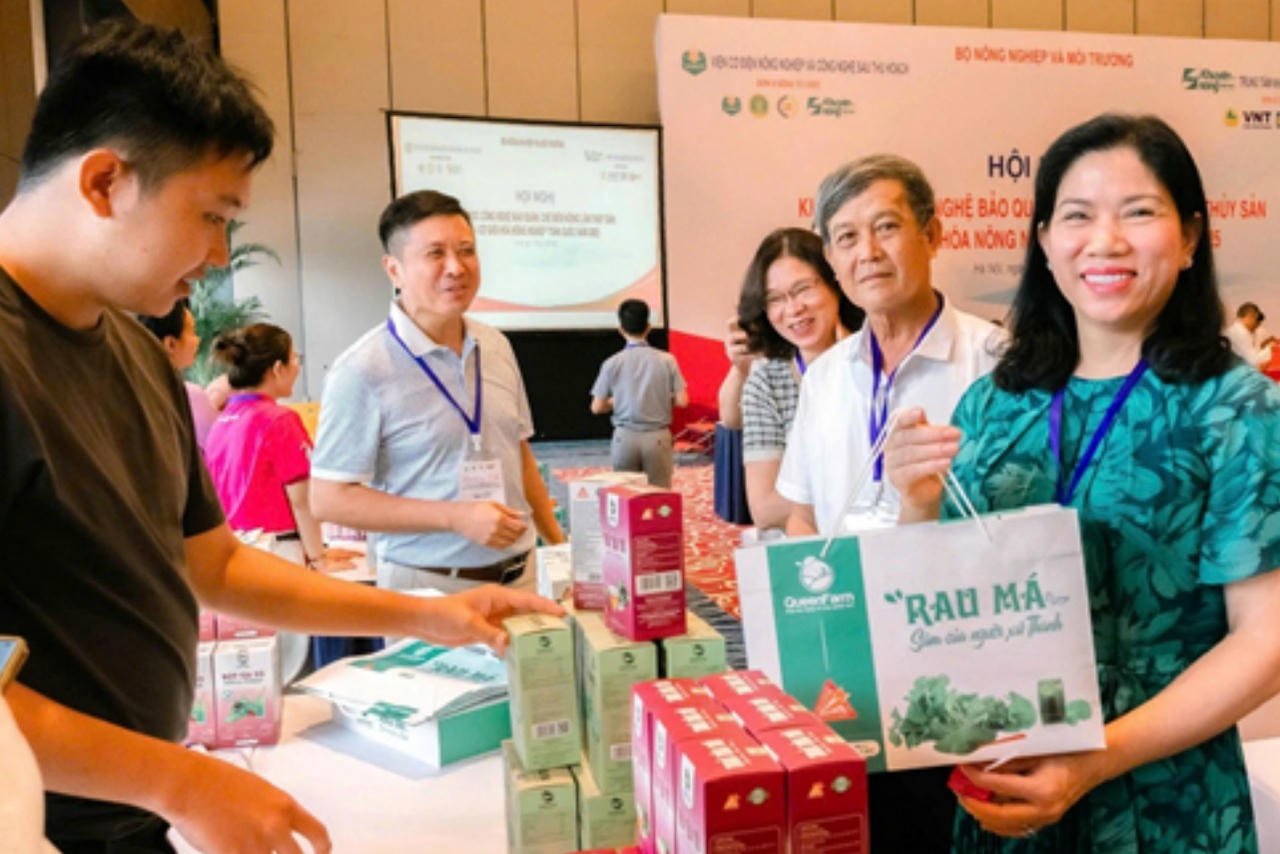
On the other hand, the severe impact of climate change makes productivity unstable, the risk of crop failure high, and the cost of natural disaster prevention and control increases. The abuse of pesticides and chemical fertilizers is still widespread. The quality control and traceability system is weak and mainly formal. This causes a "crisis of confidence" in the domestic market and is the biggest barrier when exporting to demanding markets. Currently, technical and non-tariff barriers are increasingly strict.
Dr. Chu Duc Hoang analyzed that Vietnam's agricultural exports depend on a few large markets. The Chinese market accounts for 21.4% of total agricultural export turnover, creating great dependence and risk when there are changes in border trade policies.
The Chief of Office of the National Technology Innovation Fund (NATIF) said that the “4 Houses” model (State - Scientists - Enterprises - Cooperatives) in the Vietnamese agricultural value chain is extremely important, but the connection of this model is very loose, “each person does their own thing”. Enterprises and farmers lack trust in each other, leading to the situation of “breaking the deal” on the consumption contract when the market price fluctuates. Scientists do research in “ivory towers”, not grasping the actual needs of enterprises and farmers. Cooperatives are expected to be the bridge between farmers and enterprises, but most of their activities are still weak, lacking the management, financial and technological capacity to play a leading role…
To effectively implement the agricultural value chain development strategy, according to this expert, it is necessary to promote the creation and support of the State, especially in perfecting institutions and policies; Investing in strategic infrastructure, digital infrastructure. In particular, the role of enterprises is very important in leading the process of developing agricultural value chains. Enterprises are the ones investing in R&D; Leading and organizing the chain; Pioneering in applying technology and innovation. Along with that, farmers and cooperatives need to change their production mindset. It is necessary to link up to create large production areas with uniform quality; Shifting from self-sufficient production, selling what you have to commodity production, producing what the market needs.
Source: https://baophapluat.vn/nong-san-sach-tu-trang-trai-den-ban-an-bai-1-muon-an-sach-phai-bat-dau-tu-trong-sach.html




![[Photo] Action for the Community tells stories of enduring journeys – both intimate and great, yet quiet and determined](https://vphoto.vietnam.vn/thumb/1200x675/vietnam/resource/IMAGE/2025/11/15/1763179022035_ai-dai-dieu-5828-jpg.webp)











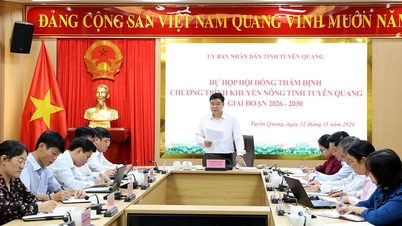

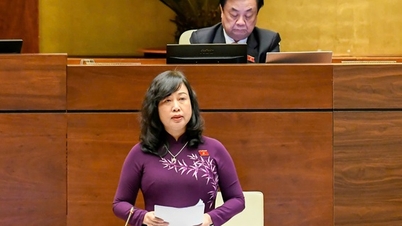



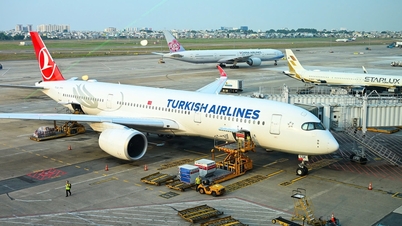


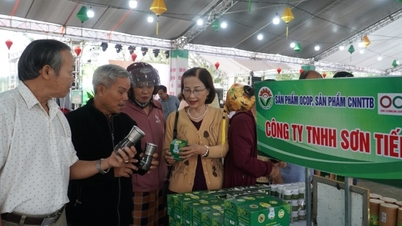

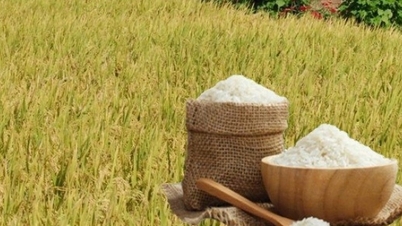
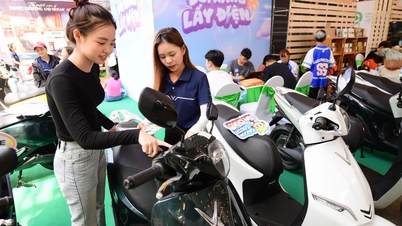







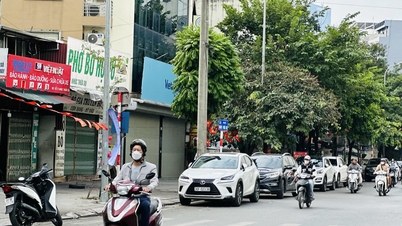

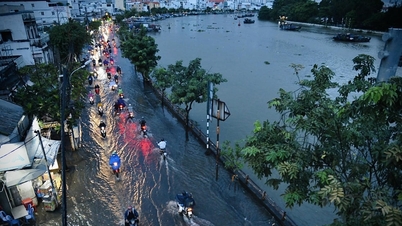


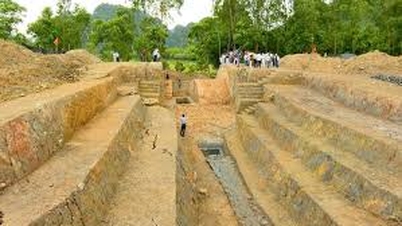







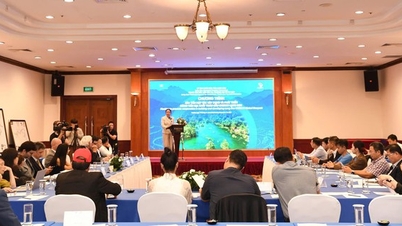




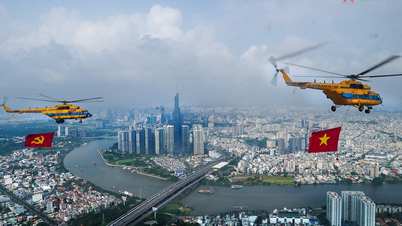





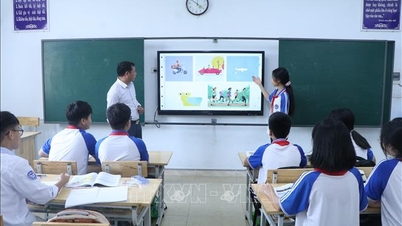


















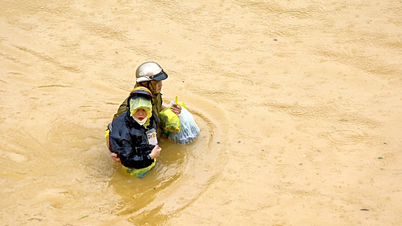


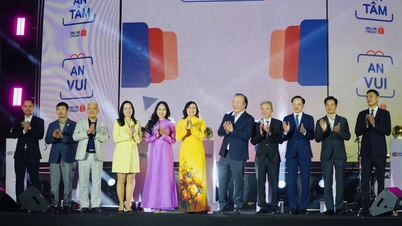


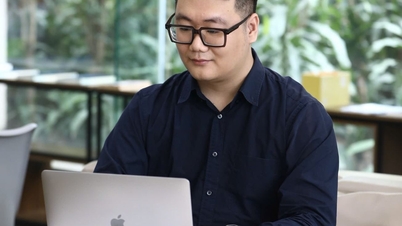


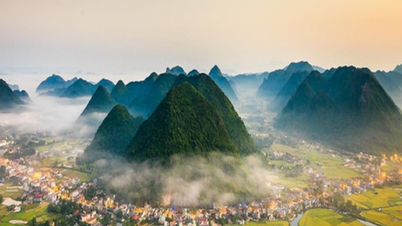

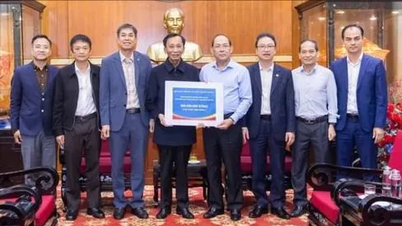

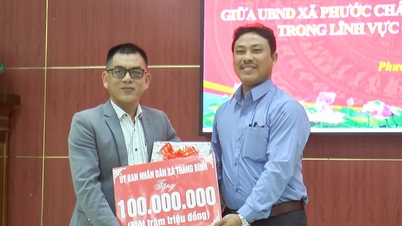

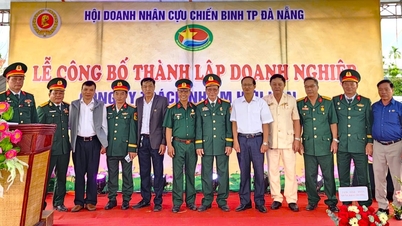
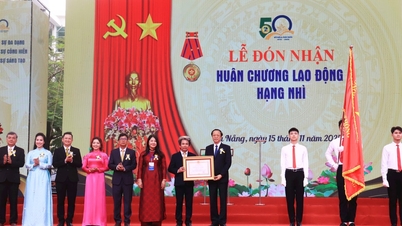

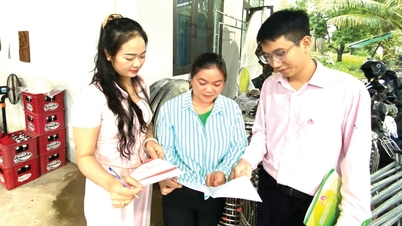












Comment (0)